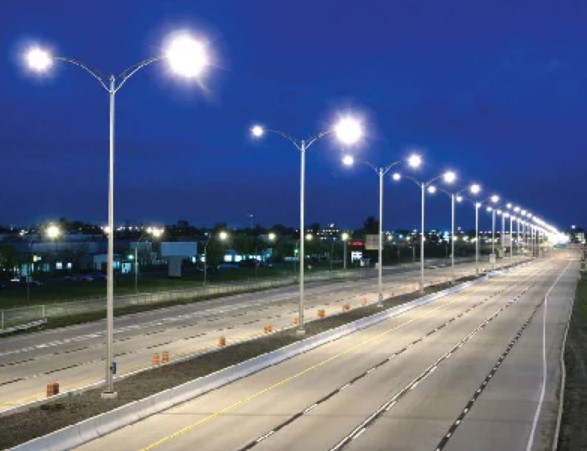In the hustle and bustle of our cities and neighborhoods, street lights stand as silent sentinels, guiding our way through the night. But have you ever wondered how these luminous beacons know when to shine their brightest or dim their glow? Enter the world of Street Light Control , where technology meets necessity to illuminate our paths efficiently and effectively.
Street light control systems are the brains behind the brilliance, orchestrating when and how intensely street lights shine. These systems integrate various technologies to ensure optimal lighting conditions while minimizing energy consumption and environmental impact.
The Role of Sensors
Sensors play a pivotal role in street light control, detecting ambient light levels, motion, and even weather conditions. By gathering real-time data, sensors enable adaptive lighting solutions that adjust luminosity based on actual needs.
Remote Monitoring and Management
With remote monitoring and management capabilities, authorities can oversee entire street light networks from a central location. This not only enhances operational efficiency but also enables prompt response to maintenance needs and emergencies.
Energy Efficiency
Street light control systems prioritize energy efficiency, employing strategies like LED lighting and dimming during off-peak hours to reduce power consumption without compromising safety.
Adaptive Lighting
Adaptive lighting is the hallmark of modern street light control, dynamically adjusting brightness levels based on factors such as pedestrian activity, traffic flow, and time of day.
Dimming and Brightness Adjustment
Through dimming and brightness adjustment features, street light control systems strike a balance between visibility and energy conservation, ensuring adequate illumination while minimizing wastage.
Time-of-Day Controls
Time-of-day controls enable precise scheduling of lighting patterns, allowing for customization based on peak usage hours, seasonal variations, and special events.
Weather Sensing
Integrating weather sensors into street light control systems enables automatic adjustments in response to changing weather conditions, optimizing visibility and safety during inclement weather.
Smart Grid Integration
By integrating with smart grid infrastructure, street light control systems contribute to broader energy management initiatives, fostering sustainability and resilience in urban environments.
Community Engagement
Engaging communities in street light control initiatives fosters a sense of ownership and responsibility, encouraging residents to support energy-saving measures and report maintenance issues promptly.
Cost Savings
Efficient street light control translates into significant cost savings for municipalities and taxpayers, reducing electricity bills and maintenance expenses over the long term.
Maintenance Optimization
Proactive maintenance strategies facilitated by street light control systems help extend the lifespan of lighting fixtures, minimizing downtime and ensuring consistent performance.
Environmental Impact
By curbing energy waste and reducing carbon emissions, street light control systems contribute to environmental conservation efforts, aligning with broader sustainability goals.
Future Trends
The future of street light control holds promise, with advancements in IoT technology, AI-driven analytics, and renewable energy integration poised to further enhance efficiency and sustainability.
Conclusion
Street light control is not just about illuminating our roads; it’s about illuminating the path to a smarter, safer, and more sustainable future. By harnessing the power of technology and community engagement, we can ensure that our streets remain bright while minimizing our environmental footprint.
